Matsusaka City and Momen:The Hottest Styles of the Japan of Yore Never Go Out of Fashion! Try on the Elegant Attire Made of Matsusaka Momen
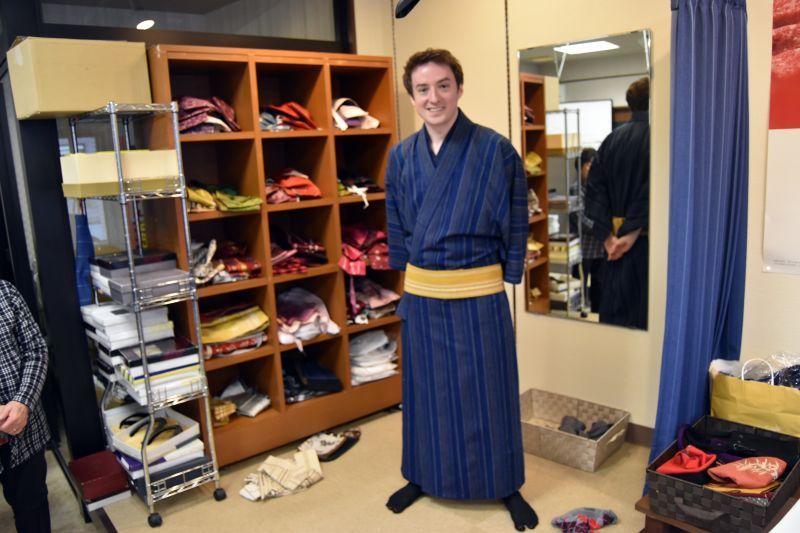
We’re here to talk about “momen”. This is the extremely high quality cloth that really put Matsusaka on the map ages ago. We’ll tell you everything you need to know concerning momen. You can get suited up in a classic striped momen kimono.
Written by Chad Martin
-Author's Introduction
My otaku side brought me toNagoya, Japan in 2012, but I stayed for the food, countryside towns, andgorgeous mountain scenery. I was born and raised on the east coast of theUS, but I dare say I never grew up. I never shut up about Japan.
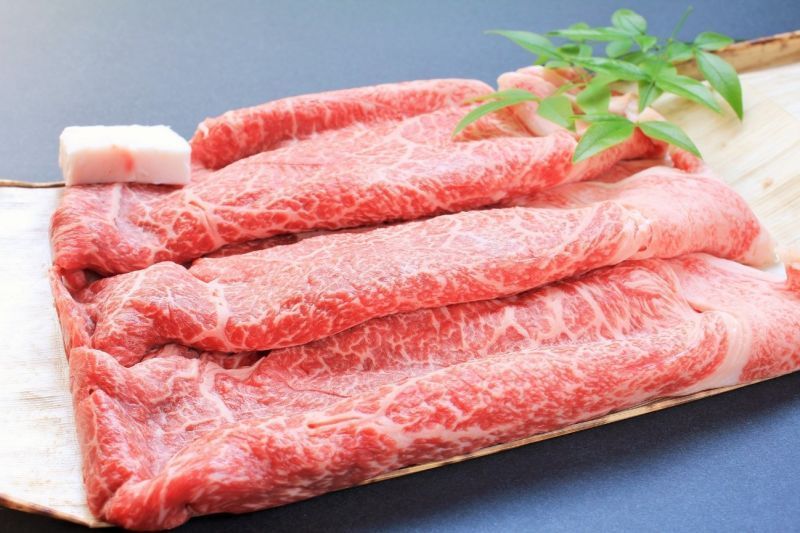
A search for “matsusaka rappers” confuses the world’smost powerful search engines.
Matsusaka is most popular in Japan as the origin of the famous department store with practically the same name, Matsuzakaya. It’s also really well known for having one of Japan’s three big beefs. And no, I don’t mean like rapper beefs. I imagine the rap scene in Matsusaka is pretty tame...
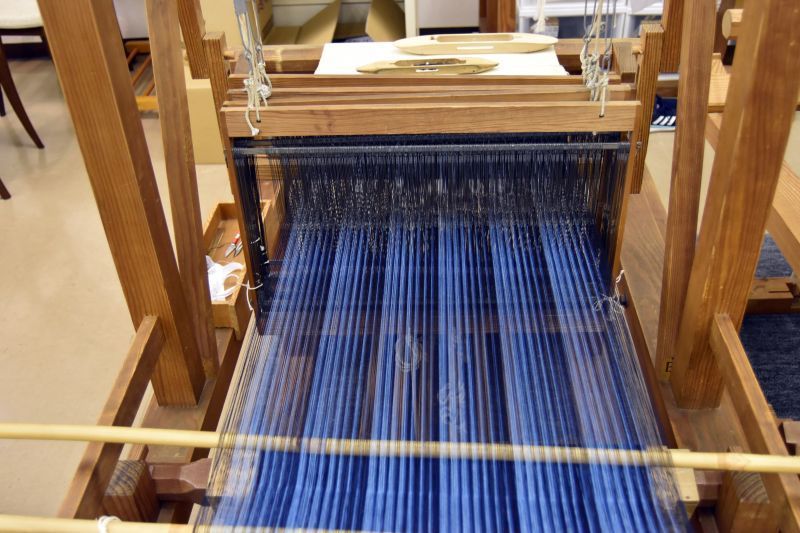
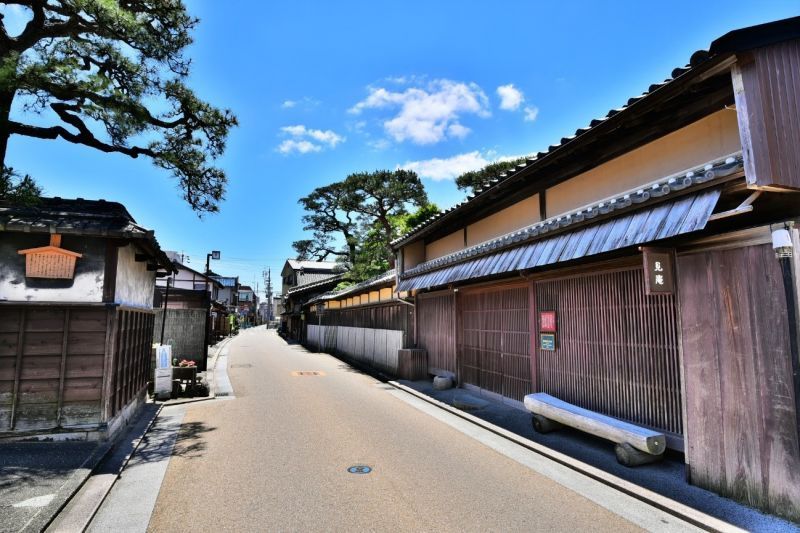
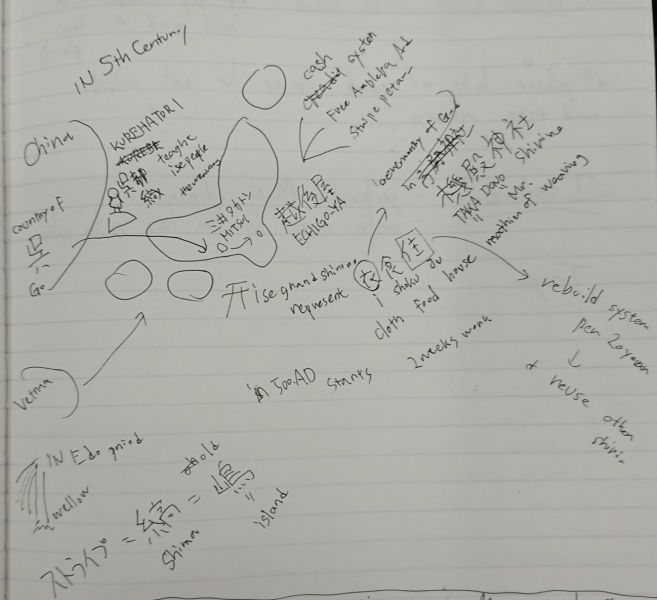
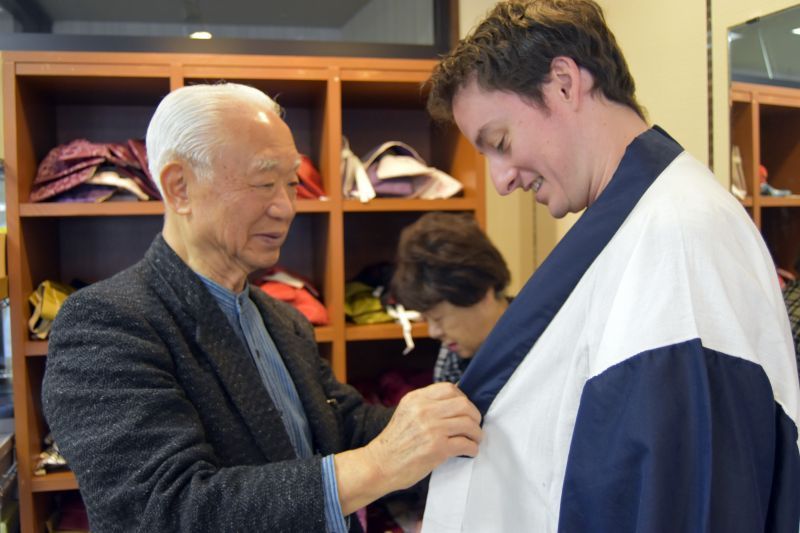
What you need to know concerning momen is that, like many things back in the day, China had found a really great way to do something.
In this case, make incredibly beautiful, high-quality fabric. They may not have had international patents back then, but trade secrets were jealously guarded.
So when a master weaver came from China to Matsusaka to pass on his trade, the new masters here required everyone to come to their town if they wanted to be the belles of the ball, as it were. Incorporating a striped pattern influenced by a trend from Vietnam, the famous merchants of Matsusaka sold garments for men and women that blew everyone’s minds. The game was changed forever.
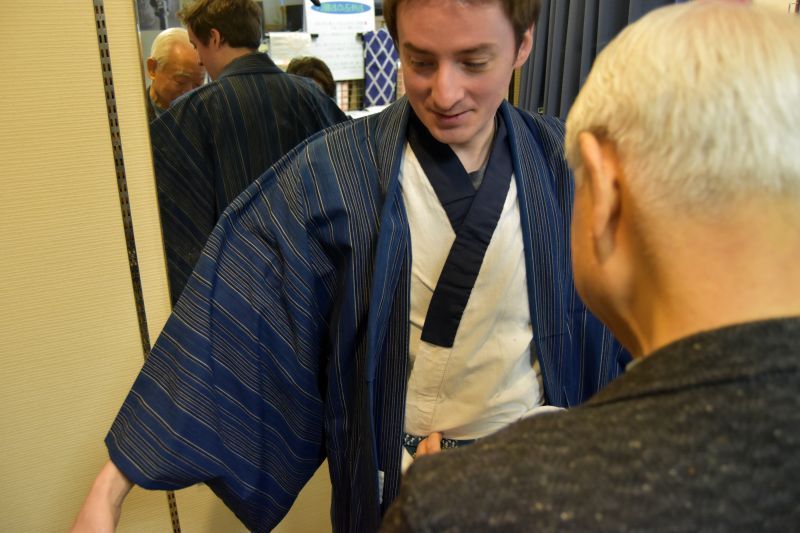
On my quest to learn about the history and culture of this town, I stopped by a momen-centric kimono shop called Yawataya. The owner suited me up in the momen kimono of my choice, gave me some geta (traditional sandal-like shoes), and I was off to strut around town! Unfortunately, I didn’t have a lady with me, because this is an especially popular thing to do as a couple. Walking around the town in traditional attire, taking entirely too many selfies? Good times, indeed.
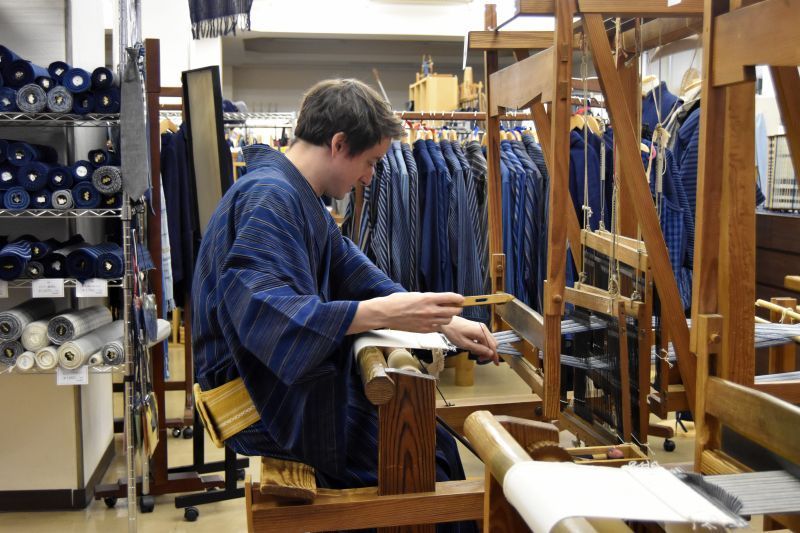
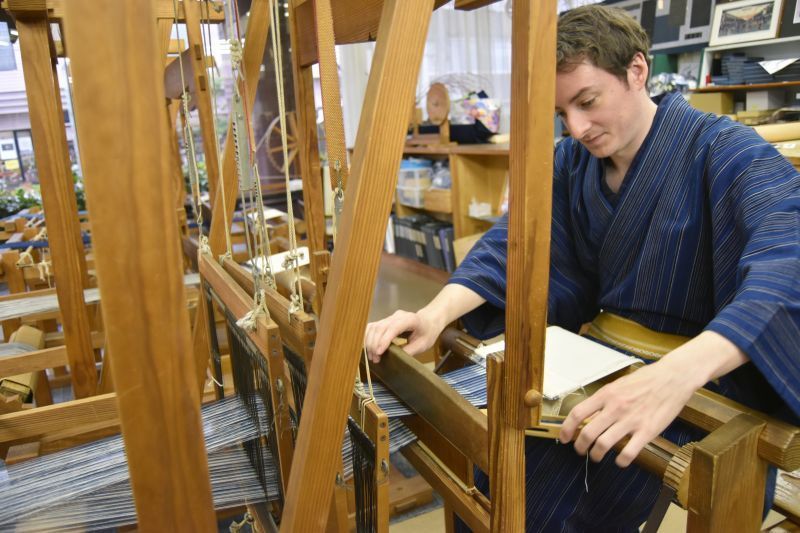
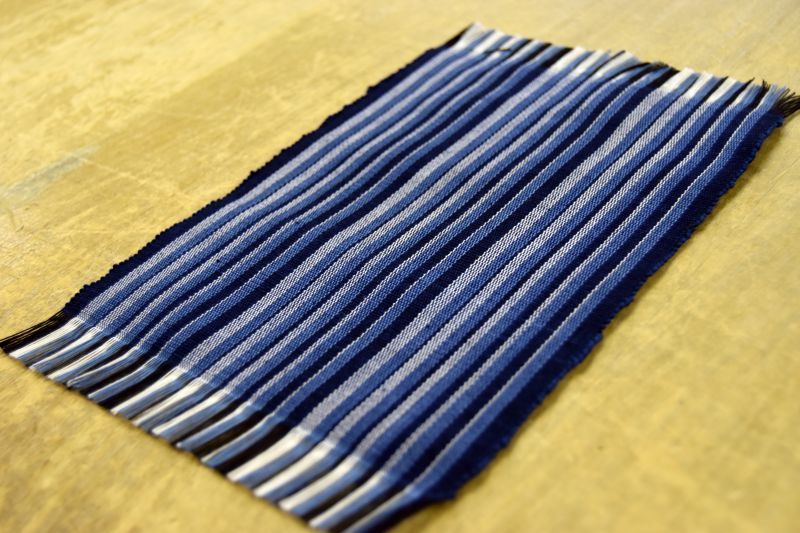
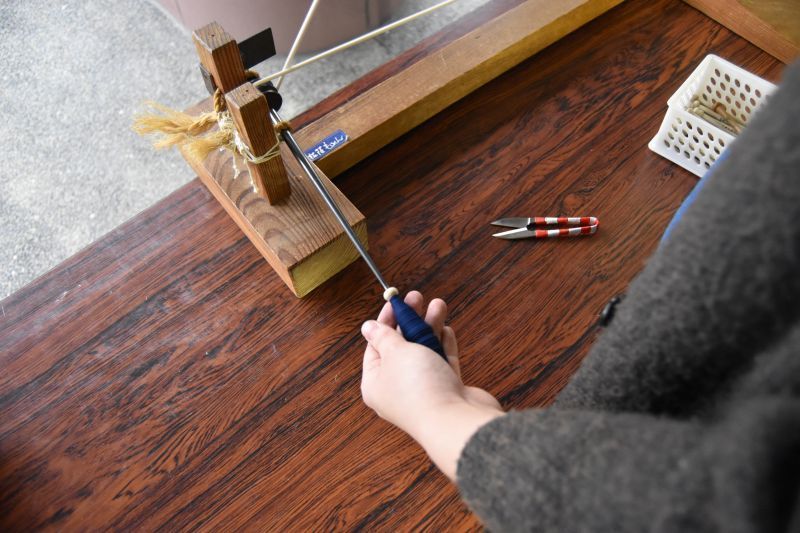
In the Matsusaka Cotton Center, you can also buy all kinds of things made out of momen. From stuffed animals to really warm jackets. The staff were really helpful and informative and even demonstrated how the thread is spun.
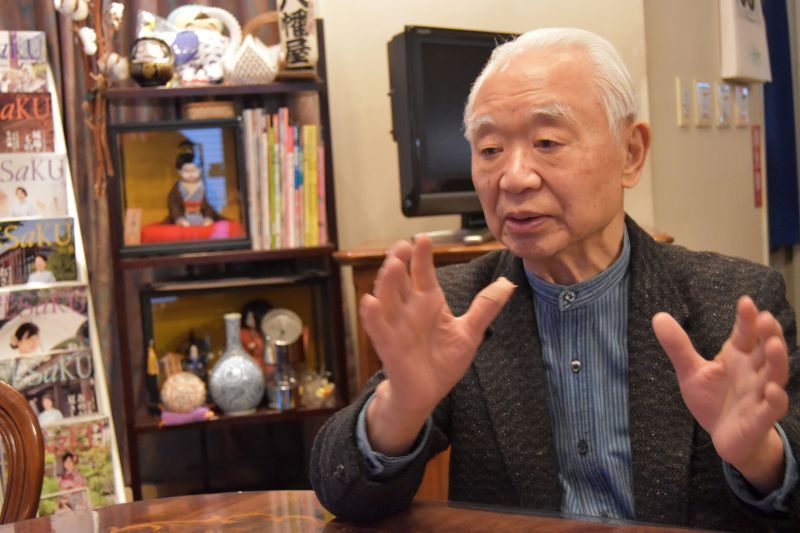

If you’ve got more free time in the area, I recommend learning about one of the most famous citizens of old Matsusaka: Motoori Norinaga. He was a scholar and doctor. Yawn, right?
Well this man influenced the established mode of Japanese Shintoism and laws with his critiques of ancient texts. You may not have ever heard of The Tale of Genji had it not been for this man deciding that it has great significance to Japanese culture and resurrecting it to be discussed among other scholars again.
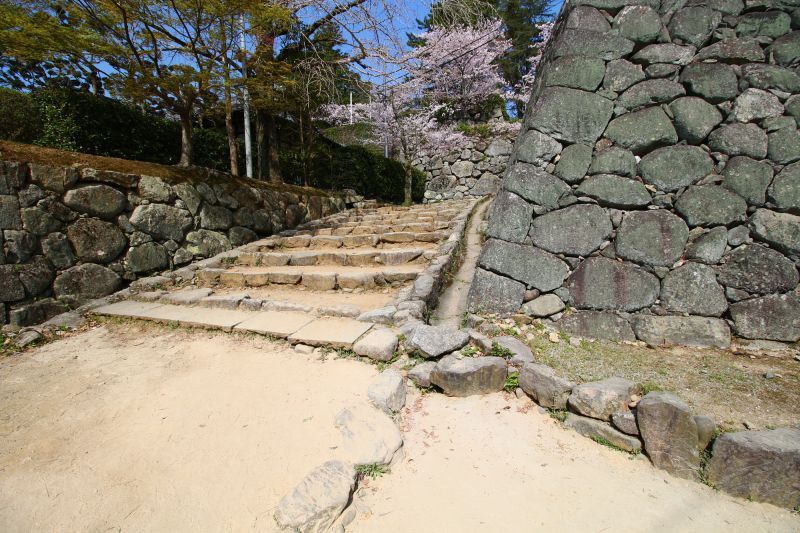
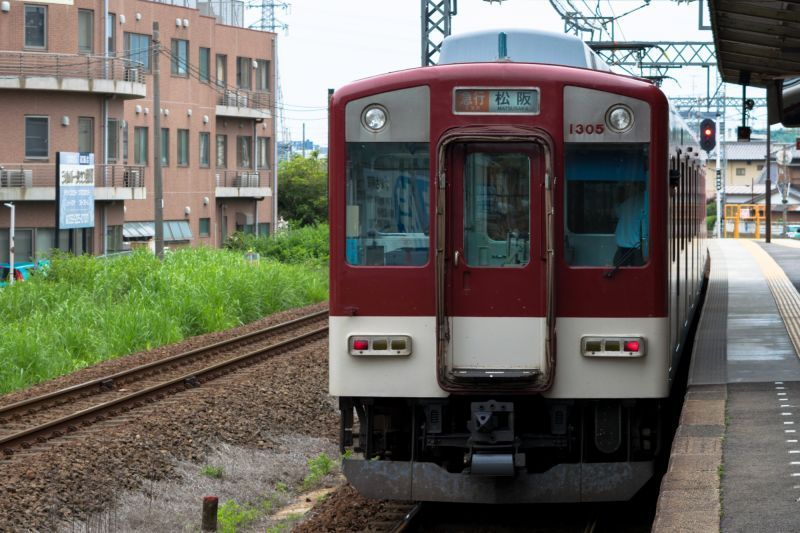
You can get to Matsusaka easily from Osaka via Kintetsu Namba Station, taking about an hour and a half. If you’re coming from Nagoya, there’s a ferry from Chubu International Airport to Tsu. From Tsu, you can take a short train ride to Matsusaka. Or you can take JR or Kintetsu Lines from Nagoya Station.
Matsusaka Momen Hand Weaving Center
Address: Mie-ken, Matsusaka-shi, Honmachi, #2176, Matsusaka-shi Sangyoushinkou Center, 1F
Telephone Number: 0598-26-6355
Hours: 9am - 5pm (the weaving experience is available from 9am - 3pm)
Fee: Short Weaving Experience (\1,300 tax included, approx. 1 hour)
1 Day Weaving Experience (\6,000 tax included, approx. 4-5 hours)
https://www.kankomie.or.jp/spot/detail_3146.html
Kimono no Hachimanya
Address: Mie-ken, Matsusaka-shi, Hinomachi, #581-1
Telephone Number: 0598-21-0551
Hours: 10am - 7pm